Planets that contain subsurface oceans could be a potential treasure trove of life, expanding the number of habitable planets in the galaxy.
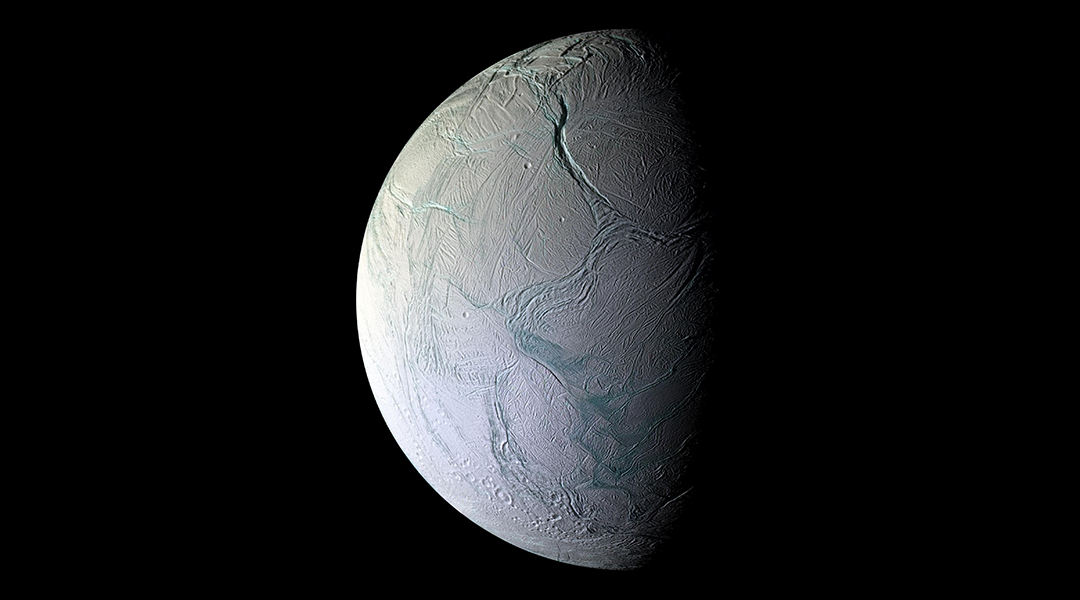

Planets that contain subsurface oceans could be a potential treasure trove of life, expanding the number of habitable planets in the galaxy.

“Cool gadgets” takes on new meaning as scientists develop a radiative cooler that keeps wearable device temperature down, even under direct sunlight.
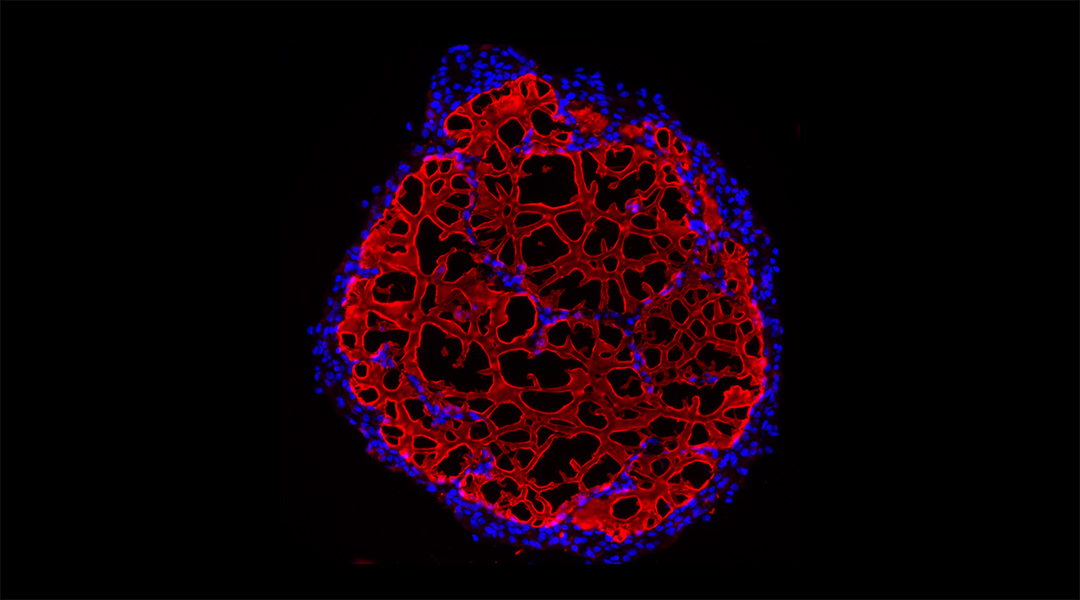
From patchwork liquid marbles, artificial nerve grafts, and giant perovskites, this gallery features a host of incredible images, bringing life to the research behind them.
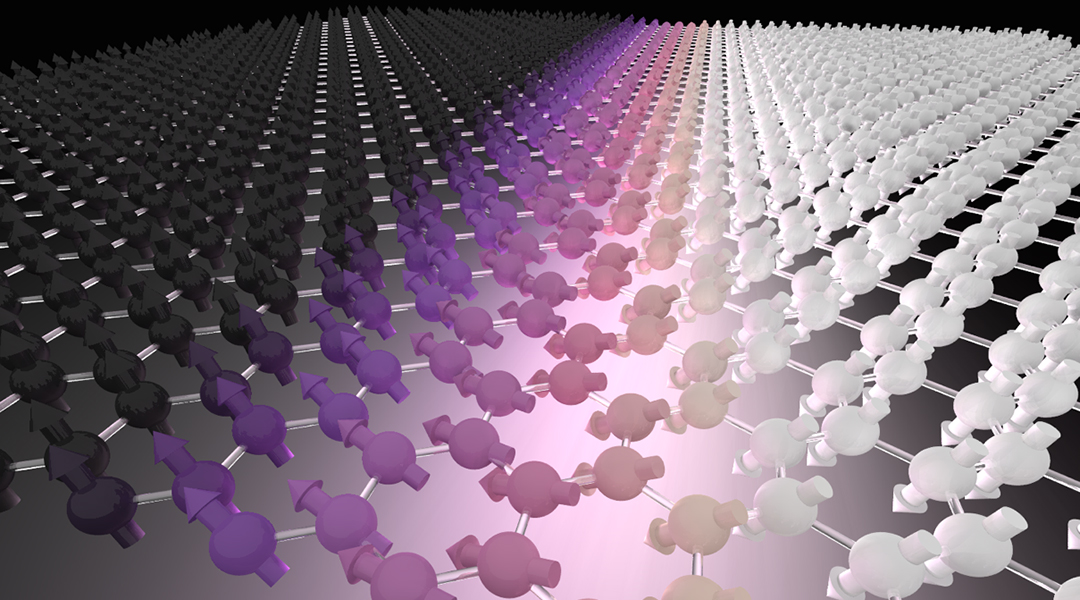
Using theoretical and experimental analysis, researchers aim to better understand the novel and intriguing magnetic properties of 2D materials for the next generation of information technologies.
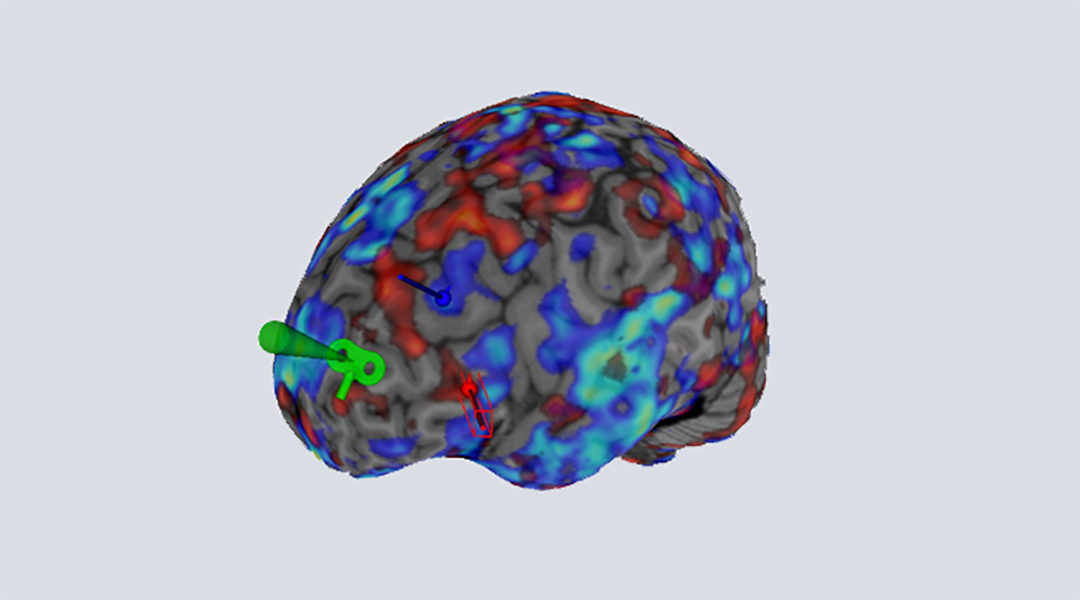
Taking advantage of progress made in neuroimaging, researchers hope that personalized treatments for mental disorders using brain stimulation therapies will be the way forward.
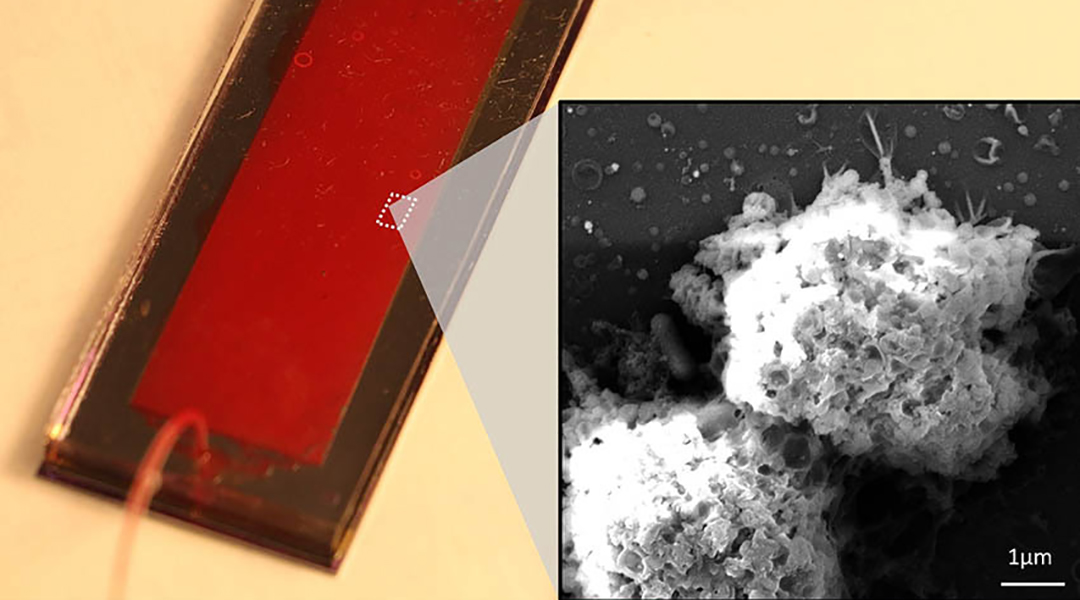
Engineers and oncologists teamed up to develop a microfluidic chip capable of capturing the body’s natural killer immune cells to harvest their cancer-killing exosomes.

Thanks to ultra-thin sensors and artificial muscles, future flexible microelectronics will be able to take on complex shapes to better interface with delicate biological tissues without causing damage.

Conquering cloud and nighttime solar intermittency comes from the phenomenon of persistent photoconductivity observed in materials that contain sub-bandgap trap states.

Though weak, researchers have detected what could be the first radio emissions collected from a planet outside our solar system.

Models that can predict and help us to understand the body’s thermal state could help optimize temperature management strategies in a clinical setting.